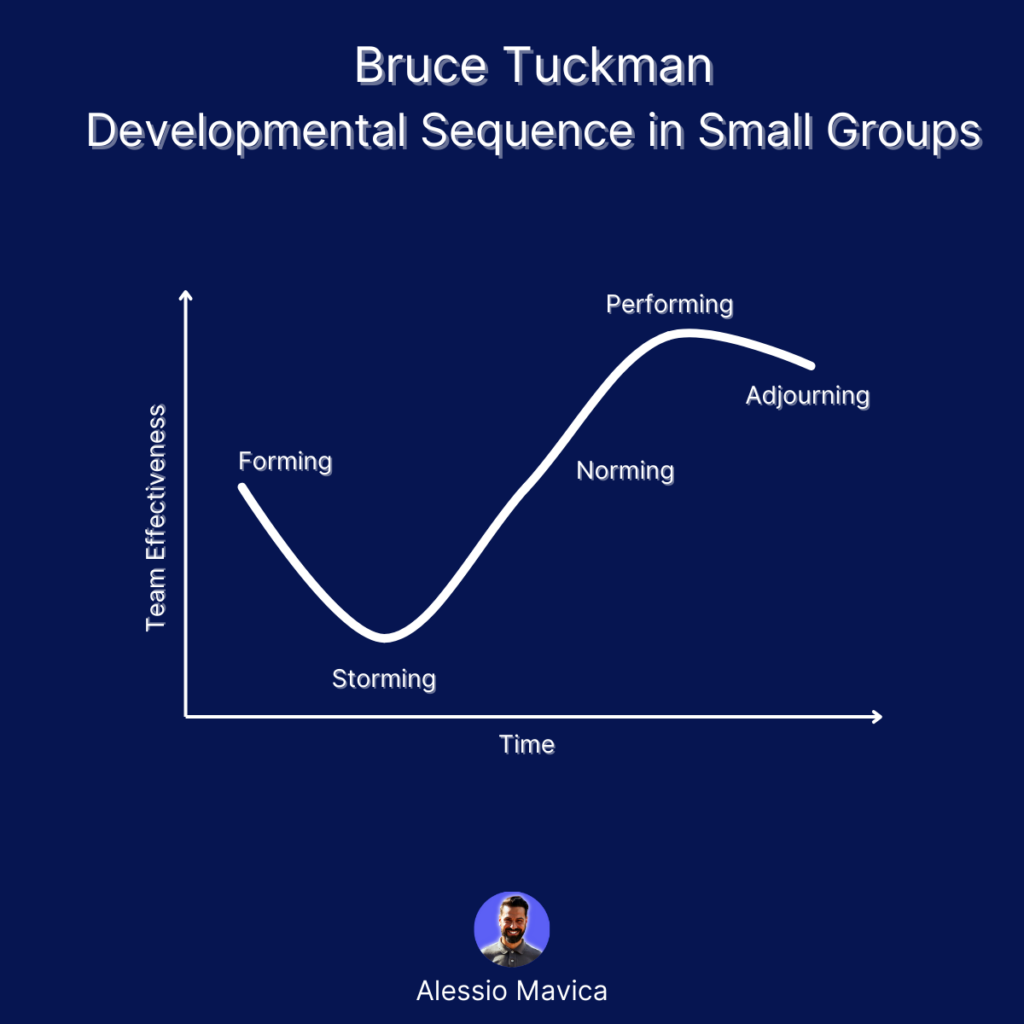Client Collaboration Tools for Agencies
Why Client Collaboration Matters More Than Ever
Are you struggling to get results in your agency-client relationships? In today’s fast-paced, remote-working world, effective client collaboration can make or break your projects. But why does it matter so much? Let’s face it, clients now expect more than sporadic check-ins and delayed email responses. They want transparency, faster communications, and a seamless workflow.

The Changing Landscape of Agency-Client Relationships
Gone are the days when you could rely solely on in-person meetings and phone calls—though let’s not underestimate the power of a good face-to-face chat! Nowadays, it’s all about real-time updates and digital interactions. For instance, have you ever been knee-deep in a critical phase and felt the dread of waiting hours, or even days, for an email response? With the right collaboration tools, those delays become relics of the past.
Incorporating effective client collaboration tools can transform these interactions. A software agency leveraging masterful project management tools can offer clients an integrated view of the project status, cutting down the time wasted in follow-ups. Using platforms that your clients are already comfortable with, like Slack or Zoom, can bridge the communication gap effortlessly.
The Immediate Benefits of Effective Collaboration
Think about the immediate benefits: enhancing trust, improving project outcomes, and boosting client satisfaction. Imagine a scenario where your client can log into a portal and instantly see the project’s progress, submit feedback, or even request changes—all without waiting for the next status meeting. For instance, the future of project management is in automated reporting, which not only saves time but also ensures accuracy.
The ultimate outcome? Fewer headaches for you, and more successful projects that leave your clients delighted and ready to provide glowing testimonials. It’s a win-win situation, isn’t it?
Tools to Enhance Communication
Have you ever found yourself caught in a whirlwind of emails, desperately trying to keep track of client requirements, project updates, and feedback? You’re not alone. Effective communication is a cornerstone of successful project management, especially when collaborating with clients. So, how do we solve this?
Real-Time Messaging and Chat Platforms
First off, real-time messaging platforms like Slack and Microsoft Teams are game changers. I recall a project last year where our agency adopted Slack midway to streamline communication, and it was as if a fog had lifted. Overnight, we moved from endless email threads to instant messaging, clarifying questions in real time and significantly reducing misunderstandings. Picture this: a place where every team member and client can discuss issues promptly, without the lag of traditional email chains.
Video Conferencing Solutions
But what about those times when text just isn’t enough? Enter video conferencing tools like Zoom and Google Meet. Take our recent project on updating a client’s legacy system. Bi-weekly Zoom meetings allowed us to visually showcase progress, demonstrate issues, and brainstorm sessions just as we would in person. This not only expedited problem-solving but also built a stronger rapport with the client.
Client Portals for Seamless Access
Now, let’s delve into client portals. These platforms offer clients a window into the project—literally. Imagine a scenario where clients can log in at their convenience to view project statuses, access critical documents, and communicate directly with your team. We integrated the AgencyDots Client Portal for one of our clients last quarter, and the difference was night and day. The client could track progress in real-time, eliminating the need for constant status update meetings.
Incorporating these tools aligns perfectly with the shift towards remote work, a trend that’s only growing stronger. With remote work becoming more prevalent, these tools are not just nice-to-have—they’re essential for maintaining productivity and client satisfaction. Whether you’re using Slack for real-time communication or Zoom for those critical face-to-face meetings, the right tools can make a significant difference in your project outcomes.
Overcoming Common Collaboration Challenges
Now, you might be thinking, “Sure, these tools sound great in theory, but they come with their own set of headaches, don’t they?” You’re right, implementing new tools and getting your team and clients on board isn’t always a walk in the park. Let’s talk about some of these common challenges and how to tackle them effectively.
Bridging Communication Gaps
One of the biggest hurdles is bridging communication gaps. Even with the best tools, miscommunication can still happen. Remember that time when half the team was using Slack and the other half was sticking to emails? It was a mess! The solution? Consistency is key. Ensure everyone is on the same platform and trained to use it effectively. We found that holding a brief training session helped align everyone and set expectations. For more insights on mastering communication, check out our detailed guide on Mastering Communication in Project Management.
Dealing with Data Silos
But here’s the thing: even with excellent communication tools, data silos can crop up, creating barriers within your organization. Think of them as the silent killers of productivity. You might have client data in one place, project management tools in another, and then separate platforms for communication. It’s a chaotic cocktail. The fix? Integrate your tools. Use APIs and connectors to ensure that data flows seamlessly between platforms.
Managing Scope Creep
Scope creep is another common challenge. “What’s scope creep?” you ask. Picture this: you start with a clear project scope, but over time, additional tasks and requirements sneak in, eating away at your resources and timeline. Been there, done that, right? To counter this, set clear boundaries from the outset and keep them visible. Utilize project management software to track changes and ensure every modification is documented and agreed upon. Dive deeper into this with our article on What is Scope Creep in Project Management?.
At the end of the day, every tool has its pros and cons, and the trick is to find the right balance that works for your team and clients. With a bit of patience and strategic implementation, these challenges can be overcome to create a more efficient and collaborative environment.
The Future of Client Collaboration
So, where do we go from here? Looking back at our journey through client collaboration tools, it’s clear that effective communication and seamless collaboration are more crucial than ever. Remember how we started by emphasizing the shift in agency-client relationships and the immediate benefits of better collaboration? Those insights remain as relevant now as they were at the outset.
Incorporating the right tools has been transformative for many agencies, streamlining workflows, enhancing trust, and ultimately boosting project outcomes. Tools like real-time messaging platforms, video conferencing, and client portals are not just shiny gadgets; they’re essential mechanisms that improve how we work together, especially in a remote-oriented world.
But here’s the kicker: These tools aren’t a magic bullet. Overcoming challenges such as communication gaps, data silos, and scope creep requires ongoing effort and strategic implementation. It’s a journey of continuous improvement, much like any successful project. By aligning your team and clients on the same platforms, integrating your tools to prevent data silos, and managing scope meticulously, the pitfalls of collaboration can be effectively mitigated.
So, as you ponder over these ideas, think about how you can apply them in your own work. Perhaps start with a quick audit of your current collaboration tools. Are they meeting your needs? Are there inconsistencies that could be smoothed out? Reflect on the challenges you’ve faced and consider how different approaches, like the ones discussed here, could solve them. Sometimes, a small tweak can make a huge difference.
If you’re still skeptical, why not test these strategies in a small project first? Give it a shot and see how it transforms your client interactions and project success. Collaboration is not just about using the right tools; it’s about creating a harmonious workflow where everyone feels connected and engaged. Trust the process, and you might just find yourself pleasantly surprised at the results. Happy collaborating!
FAQs About Client Collaboration Tools for Agencies
1. What are the best tools for enhancing communication with clients?
In the article “Client Collaboration Tools for Agencies”, we explore various tools such as Slack and Microsoft Teams for real-time messaging, as well as Zoom and Google Meet for video conferencing. These tools have proven effective in streamlining communication and fostering better client relationships. Read more about Mastering Communication in Project Management for additional insights.
2. How can I address the issue of data silos in my agency?
Data silos can impede productivity and collaboration. In our article, under the section “Overcoming Common Collaboration Challenges”, we recommend integrating your tools using APIs to ensure seamless data flow between platforms, thus breaking down these silos.
3. What strategies can be employed to manage scope creep effectively?
Managing scope creep requires meticulous planning and clear boundaries. In the section “Managing Scope Creep”, we advise using project management software to track changes and ensure all modifications are documented and agreed upon. For a detailed guide, check out What is Scope Creep in Project Management?.
4. How can client portals improve project transparency?
Client portals allow clients to log in and view project statuses, submit feedback, and communicate directly with your team. In the “Tools to Enhance Communication” section, we discuss how integrating client portals like the one offered by AgencyDots can significantly improve project transparency and client satisfaction.
5. What immediate benefits can I expect from using collaboration tools?
Effective collaboration tools can lead to enhanced trust, better project outcomes, and increased client satisfaction. As discussed in the section “The Immediate Benefits of Effective Collaboration”, these tools help in fostering a seamless workflow that can eliminate delays and reduce misunderstandings, leading to more successful projects.
Try AgencyDots for free!
Control your entire project portfolio from one place.
Make your software development agency efficient.
No credit card required.

